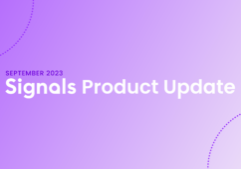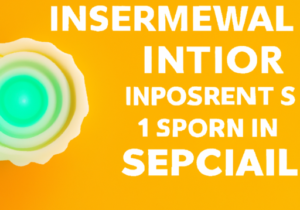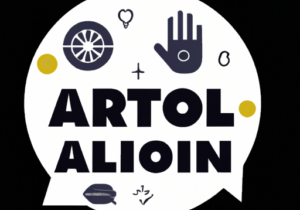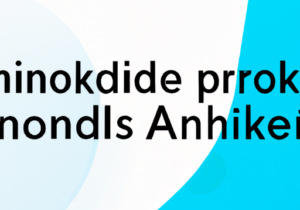Building and deploying a chatbot shouldn’t be that hard, right? And it’s not, but it takes more time and effort than you might think. Since chatbots are still relatively new, most companies don’t have teams specifically dedicated to implementing and optimizing a solid chatbot optimization strategy. It can take a lot of time and manpower to get your chatbots up and running.
But that doesn’t mean it isn’t worth it! One of Signals partners has seen a 9x ROI over the past year through chatbot optimization! However, not just any chatbot can transform your company’s numbers like that. Read on to discover three ways that companies miss the mark with chatbots and how you can avoid making the same mistakes.
1. Getting Started
So you’ve bought chatbot software and watched some training videos. The good news is, you’re already ahead of the curve. A study from 2018 reveals that less than 1% of B2B companies use chatbots. But what’s next? It can be tempting to use one of the ready-made templates and set the chatbots live on every main page of your website. The broader the net, the more fish you can catch, right?
Chatbot optimization doesn’t quite work like that. Chatbots perform best when they’re specialized for the company they belong to and the webpage where they live. A homepage bot should function differently than a pricing page bot, and the tone of the bot should reflect your company’s brand and the target audience. Bots should interact with visitors differently based on online and offline hours. And that’s just the start! There’s a lot to consider and it’s important to take the time to set them up right because having an ineffective chatbot is basically like not having one at all.
ChatFunnels recommends that if you’re just getting started with chatbots to pick one use case in which to implement your bot. Pick a high-impact page like the pricing page or demo page. Craft a bot to replace the forms found on those pages so that the bot is more engaging and responsive than the form (not difficult to do). Then set it live! Just make sure you don’t forget to come back.
2. Measuring Success
Just because you have one chatbot up and running doesn’t mean your work is done! Many companies take the “set it and forget it” mentality when it comes to chatbots. But to optimize your chatbot, you need to establish concrete ways to measure your chatbot’s success. That way you can begin to understand what works and what doesn’t within the context of your own company (which will lead us to our next point).
ChatFunnels uses several different metrics to measure the success of its partners’ chatbots. One important tool is Google Analytics. With Google Analytics you can compare how many visitors your webpage is seeing against how many are engaging with your bot and how many are having a conversation with your bot (a conversation is defined as the visitor answering at least one question asked by the bot).
Once you understand that ratio, you can start to track how many of those conversations are leading to captured emails, qualified leads, booked meetings, meetings held, sales opportunities created, closed deals and their monetary values, and the ROI for the entire bot strategy. It’s a lot of data to track, but it will make chatbot optimization that much easier!
3. Strategic Chatbot Optimization
If you can set up your chatbots initially and track their success, you’re in good shape. But there’s even more that you could be doing to use your chatbots to their fullest extent. Companies and their customers are constantly changing which means that your chatbot optimization should be changing too. Chatbots are in constant need of tweaking and optimization to ensure that they’re targeting and engaging the right people in the right way. This kind of chatbot optimization requires market research, bot updating, and constant experimentation to determine what works and what doesn’t. It might sound like a lot of work, but the results show that it’s time and money well spent. Typical results from strategic optimization are a 300% increase in chat engagement and 150% growth in chat generated revenue.
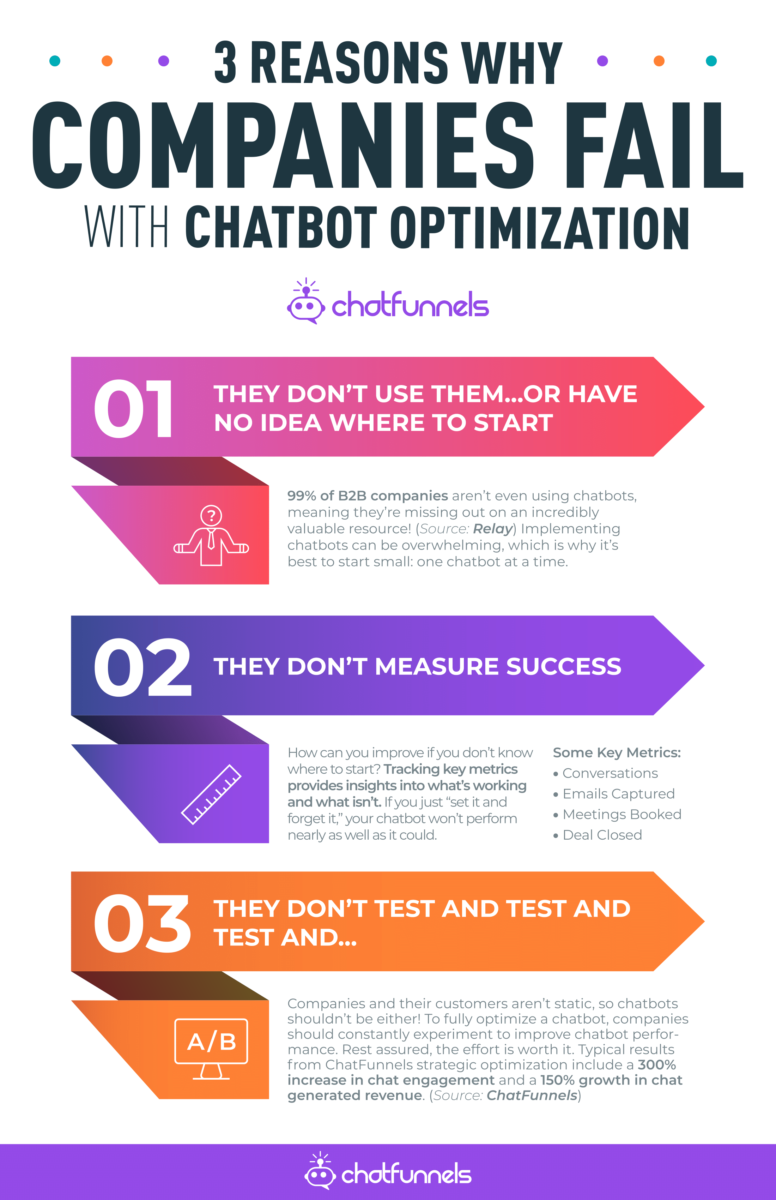
READ MORE
Start seeing your Buyers' signals
Signals is helping companies automate, grow, and close sales pipeline with industry-leading predictive intent scoring, lead generation, and real-time engagement.









